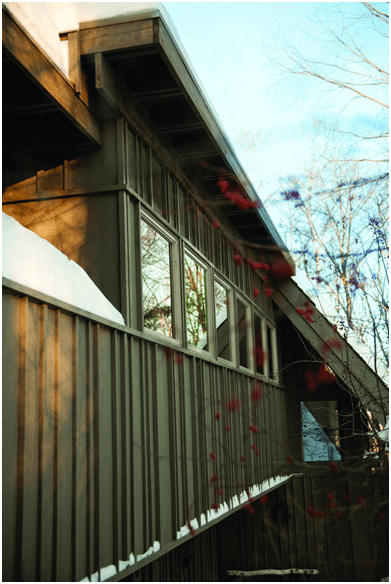If you are looking to replace the windows in your property, you will probably already be aware that there are myriad options from which to choose. Sometimes the options can seem quite bewildering and your final purchase will be determined by factors such as the budget you have available, the size of the windows you are looking to replace, and the amount of ventilation you require.
The Fenestration Self-Assessment Scheme (FENSA), a government-regulated body that operates a competent person scheme (CPS) to ensure installers of windows comply with building regulations, offers some great advice to homeowners who are looking to change their windows and doors.
What are the differences between awning and hung windows, and what are the pros and cons?
Awning windows
Awning windows are arranged vertically and swing outwards, on hinges, to open. Due to this arrangement, they can be useful to provide ventilation even if there is light rain. Unlike many other windows, you should be careful about where you fit awnings for two reasons. Firstly, they cannot be rotated to facilitate cleaning from the inside; therefore, if you are going to install them upstairs, you will need a ladder to clean the outsides. Secondly, because they swing outwards, they can cause a hazard if they are facing onto a deck or terrace, for example, as people can easily walk into them, bumping their heads.
They are great for kitchens, however, as they can be opened wide enough to provide excellent ventilation.
Many homeowners opt to change their uPVC fascia boards at the same time as their changing windows. Companies such as https://www.absolutebuildingplastics.co.uk/upvc-fascia-boards/ have a wealth of experience in this area.
Hung windows
These windows generally come in two formats: single-hung and double-hung. The windows slide within the frame rather than extruding from the frame when they are open and can be easily cleaned from the inside. If you install a double-hung window, it can provide extra security in a child’s bedroom, for example, as you can open the top half of the window rather than the bottom.
Due to developments in glass manufacture, most window options provide some element of sound and heat proofing, reducing heating bills; however, care should be taken when considering which type of window you install in which room in the house.







